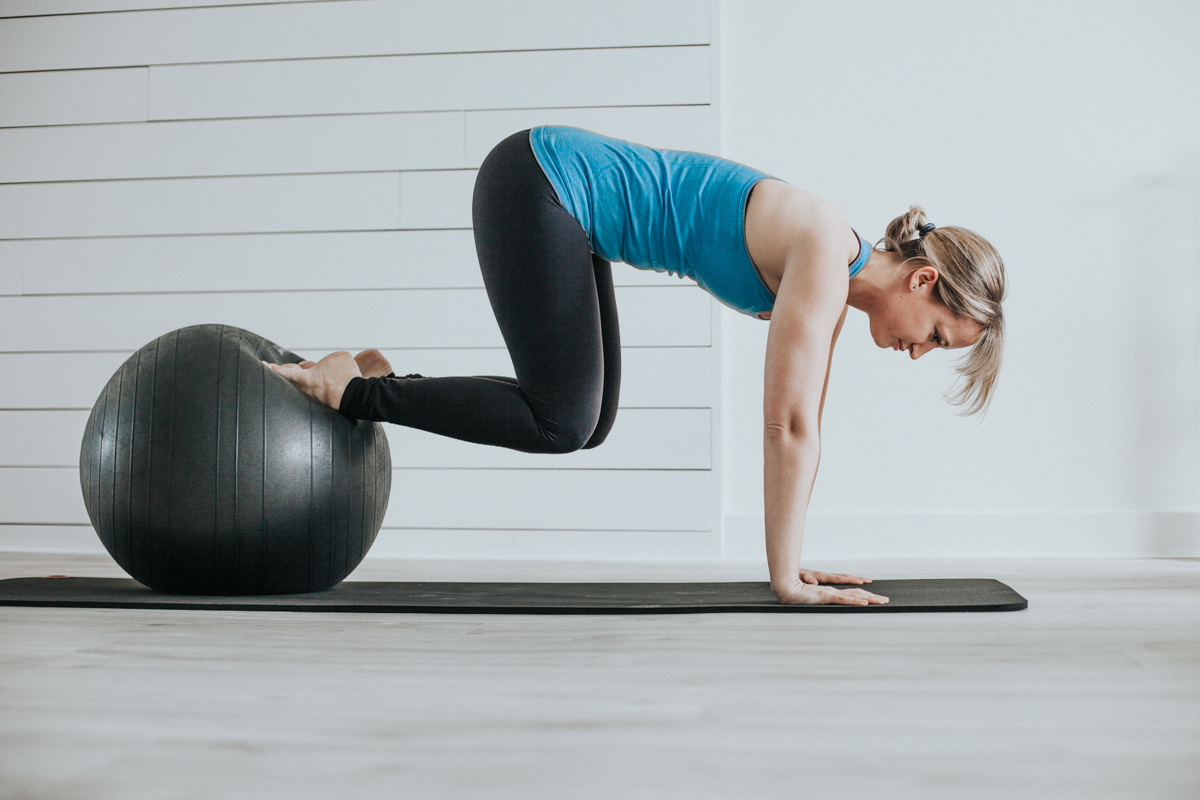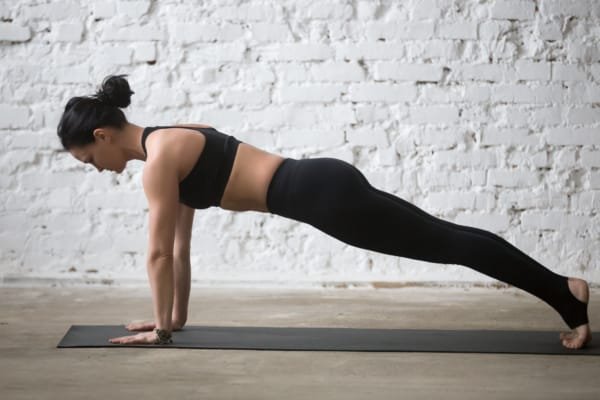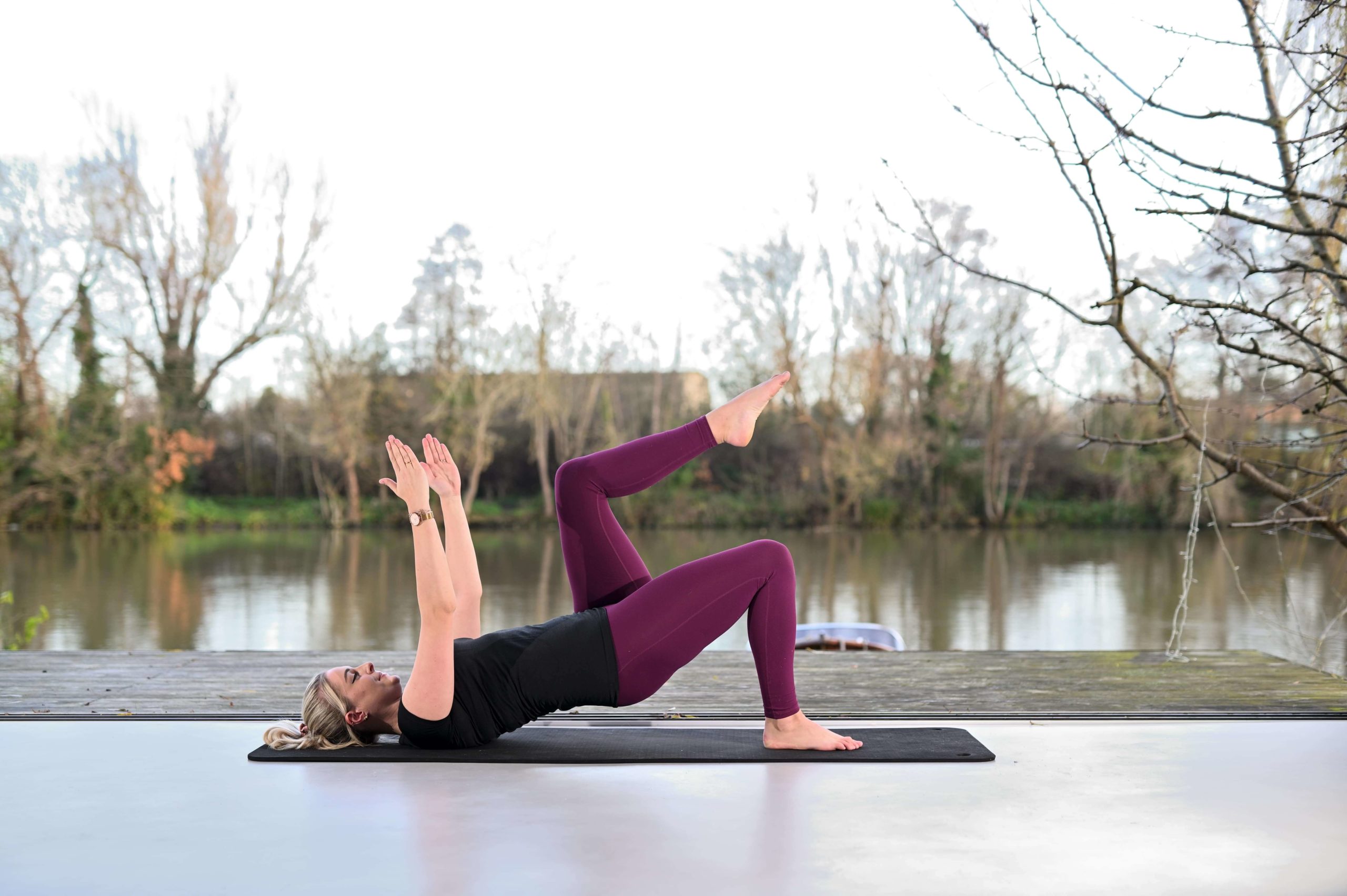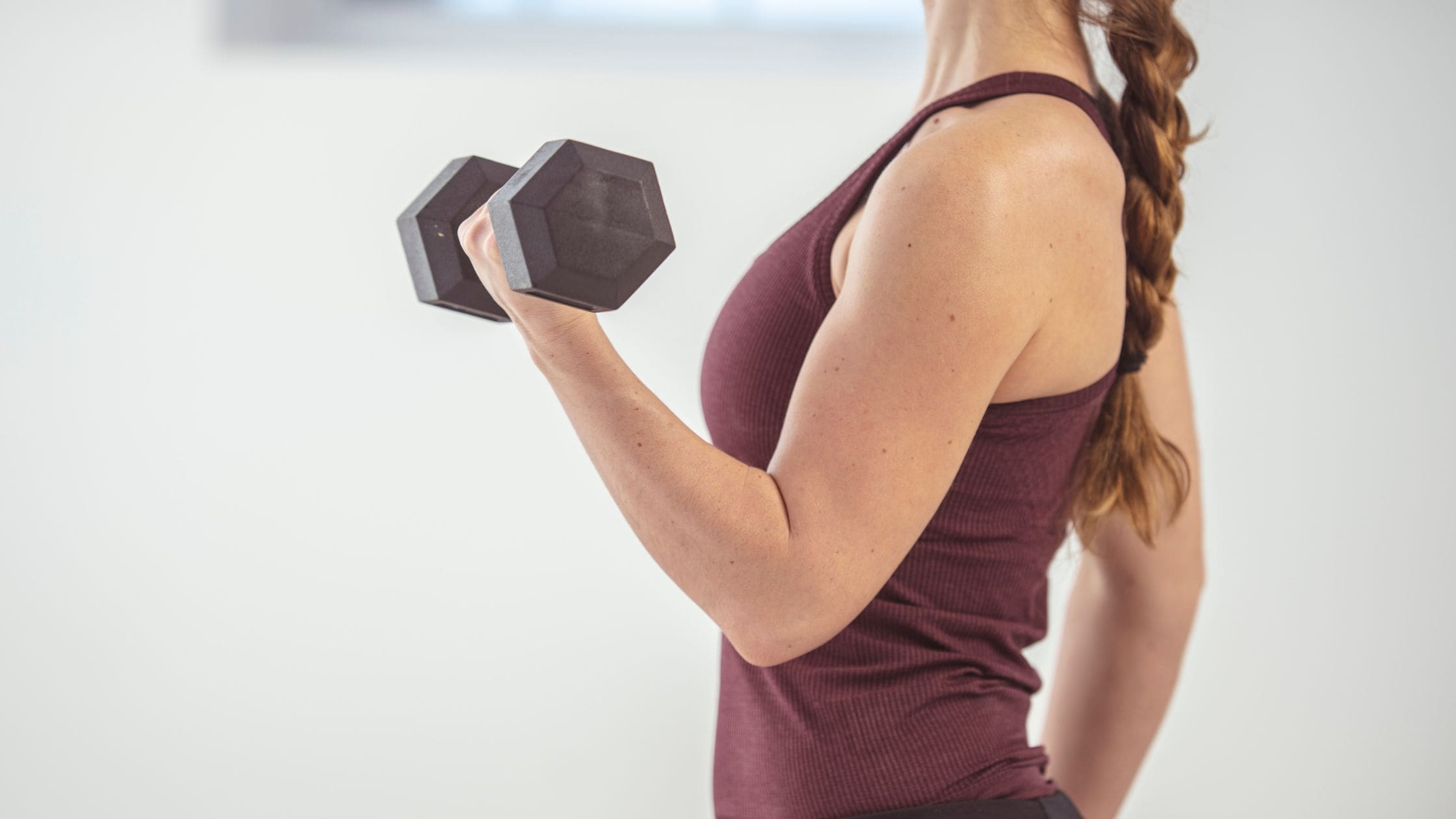If you practise equipment Pilates regularly then you’ll probably know the “reverse abdominals” exercise, even if the name is unfamiliar.
The exercise involves getting on all fours on the reformer with your knees resting on the carriage and your hands on the metal runners. Then, using a strong breath, you bring your knees (and the carriage with them) in and out from underneath you.
If you’ve experienced it you’ll know how much this exercise challenges your lower abdominals and your upper body. Another benefit – and something you won’t feel when performing this move – is how great it is for improving hip mechanics.
These are the reasons why this exercise is a reformer class staple, and why we often give it to our clients in studio classes and 1-2-1 sessions at Complete Pilates.
If you want to give this exercise a go and don’t have access to a reformer (who does) then keep scrolling. Because below you’ll find instructions from the experts at Complete Pilates on how to do “reverse abdominals” using only a stability ball.
Warning: This is a relatively advance exercise. If you’re new to Pilates then you might want to try our basic bridging exercise first before building up to this.
Equipment:
- A stability ball.
- A mat.
- Plenty of space in the gym or your house!
How to use the stability ball – Starting position:
- Lie with your stomach on the ball and your hands on the ground in front of you.
- Then come into plank position with your feet raised up on the ball. To get there, slowly crawl your hands forward, bringing your body over the ball. Stop when only your feet are resting on the ball behind you.
- Make sure your shoulders are stacked over your wrists.
- Press into your palms to keep your chest lifted between your shoulder blades – and keep it there! If you’re struggling to find this shape, imagine helium balloons are attached between your shoulder blades and are pulling your spine towards the ceiling.
- Keep your gaze between your hands with your neck long and in neutral.
- Your spine is also in neutral. This means that the three natural curves of your spine are visible.
How to use the stability ball – The exercise:
- From this plank position, bring your knees (and with them the ball) towards your head.
- Then send your knees away from you, pressing the ball away from you.
- Remember: keep your spine lifted between your shoulder the whole time and your feet pressing into the ball.
- Also remember to keep your spine in neutral throughout this exercise and allow your legs to swing freely in your sockets.
- Repeat 5 – 10 focusing on maintaining good form throughout.
How to use the stability ball – Top tips:
- Don’t bring your knees too far in to avoid tucking your pelvis under. The aim is to keep the pelvis and spine as neutral as you can throughout the exercise.
- If your wrists are sore in the quadruped position, walk them a little further out so that your weight is not fully over them.
- As with all Pilates exercises, it can be help to get a bit mindful with this exercise: tune into your abdominals and see if they are engaged and supporting your back as your move your legs. This can prevent you from relaxing your spine and ending up with a sore back.
To be avoided by:
- People with wrist problems.
- People with back pain. This exercise shouldn’t hurt your back, but if you’re weak in other areas (shoulders, arms, abdominals) you may find yourself hinging in your spine and feeling pain in the lower back. If you can’t correct this then stop and try a plank instead.
- Total beginners. Start building strength in this position with a simple plank exercise before progressing to this exercise.
Benefits:
This is a great exercise for your lower abdominals. These are deep stabilising muscles which are really important for supporting the pelvis and lower limbs. Unfortunately, these deep muscle fibres often get neglected in other abdominal work, but performing this reverse abdominal exercise (well!) can help work that area. Plus, your obliques will get a workout with this exercise, too.
Other benefits of this exercise include improved spine stability, increased upper body strength, and better shoulder and head positioning (the latter can help reduce aches and pains in that area).
Practise this move regularly and you will also learn how to isolate the legs in the hips. This can make your movement more efficient and help you avoid injury.
As a weight-bearing exercise, moves like “reverse abs” help to increase bone density and so project you against osteoporosis.
A home workout
Suggestions from Complete Pilates: we love the reformer and think it is pretty unique when it comes to supporting and strengthening the body. However, we also know that making it to an equipment class can be tricky at times.
That’s why we suggest adding this movement to your home exercise circuit on those days when you can’t get access to a reformer. By doing so you can enjoy (almost all) the benefits of this exercise without the equipment.
For a more complete Pilates workout, we also suggest you try this exercise in combination with our spine extension exercise and bridging exercise.
Complete Pilates are bringing you more home Pilates exercises
Don’t fret if you found this “reverse abdominal” stability ball move too challenging but want to work your lower abs.
Because we will be teaching you these basic but brilliant lower abdominal activating exercises: dead bug and femur arcs.
Check in with the blog over the next few weeks to find out more.
These blogs are designed to give information to everyone, however, it is important to remember that everyone is different! If you have not seen one of our therapists and have any questions about injuries, what you have read or whether this may be useful to you, please just ask. We are more than happy to help anyone and point you in the right direction. Our biggest belief is that education is key. The more you understand about your injury, illness and movement, the more you are likely to improve.







